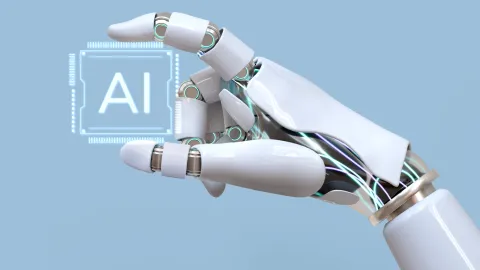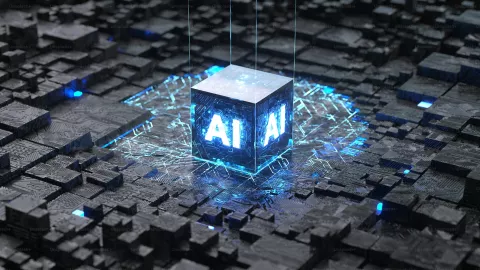
How to Build Landing Pages That Convert
Creating a landing page is easy. Creating a high-converting landing page? That’s where the real challenge begins. Whether you're driving traffic from ads, social media, or email campaigns, your landing page is where visitors decide if they’ll engage—or bounce. Let’s explore how to build landing pages that actually convert.
1. Define a Single Clear Goal
A great landing page has one purpose—no distractions, no multiple CTAs, no clutter.

A typical landing page structure
A typical landing page structure is designed to guide visitors toward taking a specific action—whether that’s signing up, purchasing, downloading, or booking a call. Here's a tried-and-tested structure with each section's purpose:
1. Hero Section (Above the Fold)
Purpose: Grab attention immediately.
Headline – Clear and benefit-driven (e.g., “Boost Your Sales in 7 Days”)

What Is Usability Testing and Why Your Platform Needs It
Launching a digital product without testing it with real users is like building a bridge without engineers inspecting it. No matter how good your platform looks or how powerful its backend is, if users can’t navigate it easily, they’ll abandon it. That’s where usability testing comes in — and it can make or break your product’s success.

What Is a Design System and Why It Must Come First
If you're building a product — a platform, an app, a website, or even just a marketing site — and you jump straight into screens and layouts without a design system, you're skipping the blueprint and going straight to hammering nails. That’s risky, expensive, and chaotic.
A design system isn’t just a nice-to-have. It’s the foundation for consistency, speed, scalability, and high-quality user experiences.
Let’s break it down.

Using AI with Drupal
Using AI with Drupal can unlock a lot of powerful features for content management, personalization, and automation. Whether you're running a blog, an e-commerce site, or a large enterprise platform, AI can enhance the user experience and simplify your workflows.
Here’s a breakdown of how AI can be integrated with Drupal and what it can be used for:
Ways to Integrate AI with Drupal
Drupal Modules

Booking Availability Management for Service Companies: How to Maximize Revenue and Customer Satisfaction
In the world of service delivery, your most valuable asset isn’t just your expertise—it’s your time. And how well you manage that time can mean the difference between a thriving business and a frustrated customer base. That’s where Booking Availability Management steps in.
Whether you’re running a spa, a cleaning service, a consulting firm, or a delivery-based operation, availability management is the backbone of your customer experience and operational efficiency.

Enabling E-Commerce in Moldova: Webeestudio’s Commerce MAIB Module for Drupal
Webeestudio, a leading Drupal development agency, has been instrumental in enhancing Moldova's digital commerce landscape by developing and maintaining the Commerce MAIB module on Drupal.org. This module seamlessly integrates Moldova Agroindbank (MAIB)'s payment gateway with Drupal Commerce, enabling businesses to accept online payments securely and efficiently.

Webeestudio’s Contribution to the Community: MLog Module for Moldovan Government Service Integration in Drupal
In the ever-evolving world of app development, keeping track of logs, errors, and system performance is crucial to maintaining high-quality user experiences and smooth operations. At Webeestudio, we believe in creating solutions that not only benefit our clients but also empower the broader developer community. One such initiative is the development of the MLog logging service — a custom-built Drupal module designed to streamline logging for web applications.

Revolutionizing Product Catalog Management on Selia.md with AI
In the fast-paced world of e-commerce, staying competitive means leveraging the latest technologies to improve the customer experience and streamline operations. For online stores like Selia.md, this often involves adopting cutting-edge solutions to manage their product catalog effectively. One such solution is Artificial Intelligence (AI), a game-changer that can automate and enhance various aspects of the product catalog. Let’s dive into how AI can revolutionize the way Selia.md manages and showcases its product catalog.